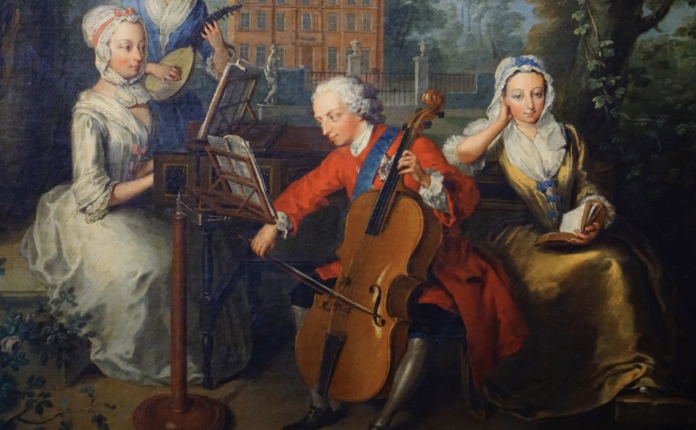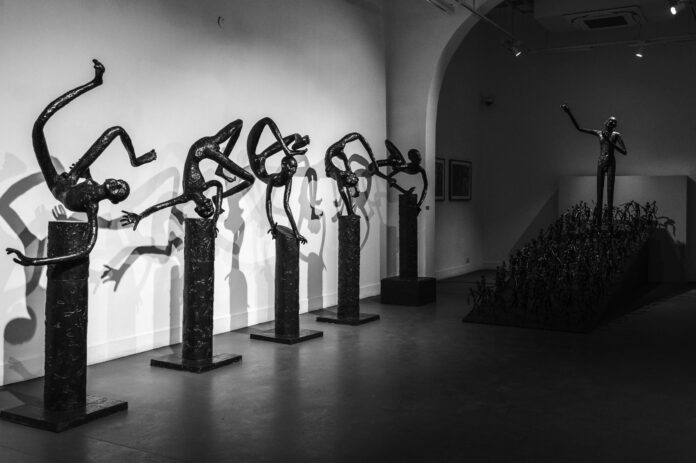Ask any aficionado of Western classical music what draws them to this genre, and they would likely point to its unique blend of intricate complexity and underlying simplicity. Western classical music, known for its formal structure and exceptional harmonic organization, particularly in its use of polyphony, has been a cornerstone of Western culture since the ninth century. Drawing from a diverse array of influences, it has evolved through various styles, including Renaissance, Impressionism, Expressionism, and Modernism.
Over centuries, Western Classical music has been subtly yet significantly shaped by numerous composers. Their works, infused with individual flair, have produced a rich array of symphonies. Renowned composers such as Johann Sebastian Bach, Wolfgang Amadeus Mozart, and Ludwig van Beethoven have crafted some of the most influential symphonies, captivating and astonishing millions with their musical prowess. These compositions continue to be performed by symphony orchestras around the world, a testament to their timeless appeal.
For those new to Western Classical music, navigating the plethora of symphonies can be daunting. Here’s a curated list of essential symphonies, perfect for beginners to the genre.
-
- Mozart, Symphony No. 41:
Mozart’s final yet fascinating piece is considered the composer’s best symphony. Named after the chief God from the Roman pantheon of Gods, the symphony is flush with exuberance throughout its 33-minute running time. Composed of five movements, the opening is a powerfully passionate movement (in sonata form) followed by the relatively paler second and third movements. The pace picks up in the fourth and closing movement (again, in sonata form)—concluding with an unparalleled boldness. Mozart’s Symphony No. 41 was so consequential that it inspired generations of composers–most notably, Haydn’s Symphony No. 95 and Symphony No. 98.
- Mozart, Symphony No. 41:
-
- Beethoven, Symphony No. 9 (‘Choral’):
The symphony is composed of four movements and is considered a masterpiece in Western Classical. It paved the way for the genre to move from the Classical to the Romantic period of Western Classical. Known for eschewing many of the genre’s traditional composition patterns, it included vocal chorus–an unheard-of aspect. Mostly composed of Classical tenets, its movements oscillate between restful to restless energy. Though initially cast aside by critics as “cryptic and eccentric, the product of a deaf and ageing composer”, it is considered among Beethoven’s best pieces.
- Beethoven, Symphony No. 9 (‘Choral’):
-
- Brahms, Symphony No. 4:
This follows a narrative arc that traces the entirety of human existence, from birth to death–culminating with an unearthly return; the Greek tragedies of Sophocles most probably inspired it. The gentle vacillation undergirding the symphony reflects the rise and fall emblematic of human existence. Composed of four movements experimenting with different tempo markings, Symphony No. 4 broke away from tradition. This prompted one of Brahms’ friends, Elisabeth von Herzogenberg, to write: “…one rejoices with all the excitement of an explorer, But there comes a point where a certain doubt creeps in…[that it isn’t] accessible to every normal music-lover.” Regardless, the composer’s symphonic piece went on to become a masterpiece, with it being referred to as the most noteworthy piece since Beethoven.
- Brahms, Symphony No. 4:
-
- Mahler, Symphony No. 2 (‘Resurrection’):
Named the Resurrection Symphony, akin to Brahms’ Symphony No. 4, it explores the themes of redemption and resurrection. Composed of five movements, it gently traces the trail of thought that Mahler treads in the aftermath of a noteworthy nobleman’s death. For instance, the first movement depicts a funeral, positing the question, “Is there life after death?”; with the second and third movements, it goes back into the past, chronicling both the highs and lows of the deceased. The fourth movement explores the unshackling of the soul from mundanity. The fifth movement culminates with the anguish for renewal and resurrection.
- Mahler, Symphony No. 2 (‘Resurrection’):
-
- Tchaikovsky, Symphony No. 6 (‘Pathétique’):
The final composition by Peter Tchaikovsky, before his death in November 1893, has been widely believed to be a piece that chronicles the composer’s conflicting feelings about his sexuality. It is evocative of the sombreness of Tchaikovsky’s emotional state–the result of a public scandal in the aftermath of the disclosure of his homosexuality. The thematic essence of the symphony is the undying ebb and flow of human existence. The first and second movements are filled with optimism–a thirst for life, the third is evocative of a certain Tchaikovskian pessimism, while the fourth is reminiscent of a tragic fading away. Forever associated with the composer’s death, it was one piece that Tchaikovsky wanted to be the “crown [of his] artistic career”. And that it was.
- Tchaikovsky, Symphony No. 6 (‘Pathétique’):





